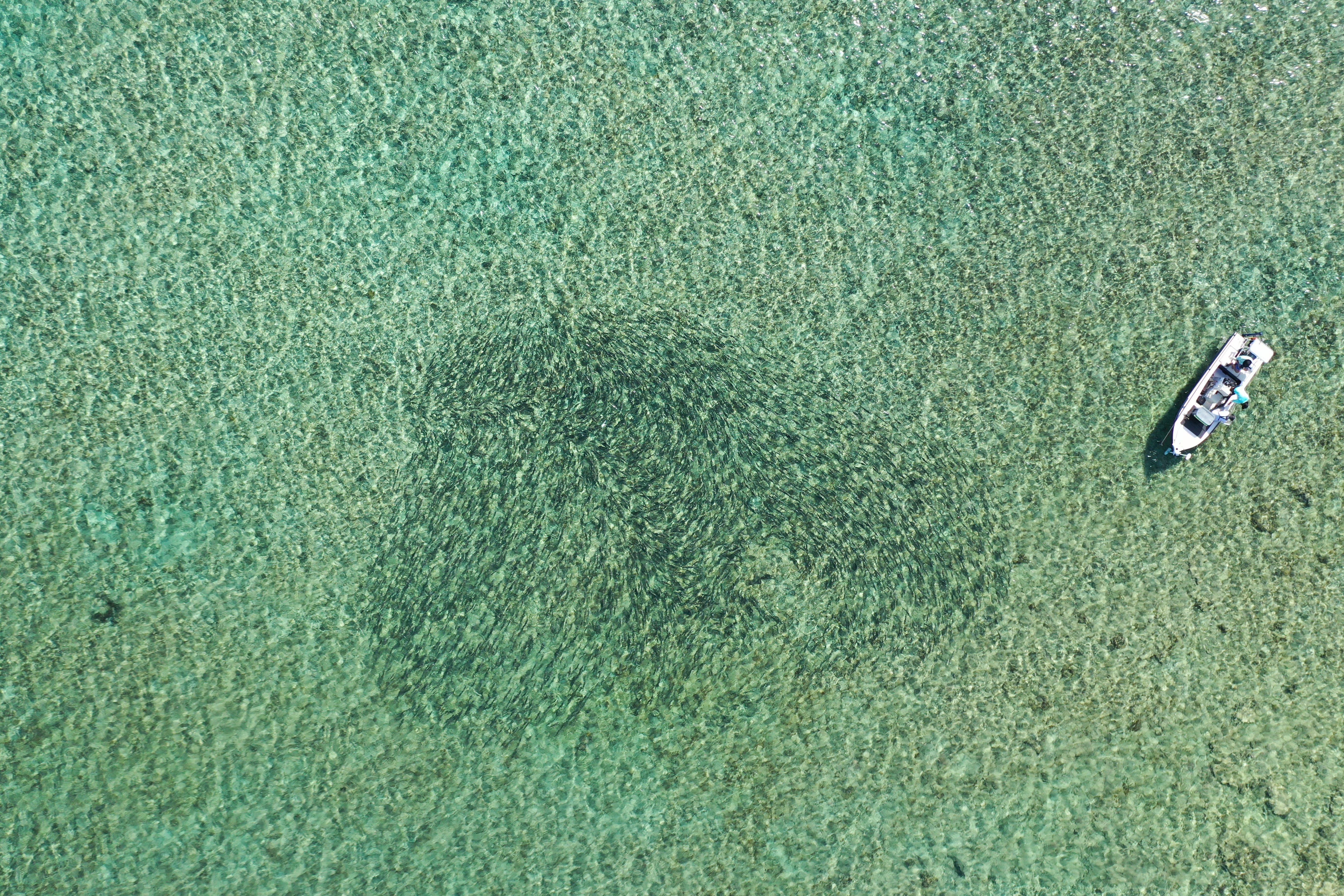Groupers produce distinct sounds associated with courtship, territoriality or reproduction. An autonomous mobile wave glider and passive acoustics were deployed to survey two marine protected areas on the western shelf of Puerto-Rico to locate spawning aggregations of two commercially important species – the Nassau and red hind groupers. Findings show these sites are critical habitat for both species and multiple previously unknown grouper species, which highlight the importance of expanding existing seasonal regulations.
Tag: Spawning
Novel Tag Provides First Detailed Look into Goliath Grouper Behavior
A study is the first to reveal detailed behavior of massive goliath groupers. Until now, no studies have documented their fine-scale behavior. What is known about them has been learned from divers, underwater video footage, and observing them in captivity. Using a multi-sensor tag with a three axis accelerometer, gyroscope and magnetometer as well as a temperature, pressure and light sensor, a video camera and a hydrophone, researchers show how this species navigates through complex artificial reef environments, maintain themselves in high current areas, and how much time they spend in different cracks and crevices – none of which would be possible without the tag.

Stunning Discovery Reveals Bonefish Dive 450 Feet ‘Deep’ into the Abyss to Spawn
Using active acoustic telemetry and sonar data, a study provides the first detailed documentation of a shallow water fish diving 450 feet deep to spawn. Prior research has shown that bonefish dive about 164 feet to spawn, but this new and unprecedented study reveals that they reached depths of 450 feet, and moved below 325 feet for two hours before spawning in a rush upward to 220 feet deep.

Scientists are First in the World to Spawn Bonefish in Captivity
Fossil records of bonefish go back 138 million years, but large gaps about their biology remain. In just four years, scientists have successfully spawned bonefish in captivity and have figured out their life cycle to help inform management and conservation of this revered fishery. In the Florida keys alone, the annual economic impacts exceed $465 million. Florida’s recreational and commercial fishing industries and associated businesses account for billions of dollars that drive the economic engine for the state each year and contribute to hundreds of thousands of jobs.